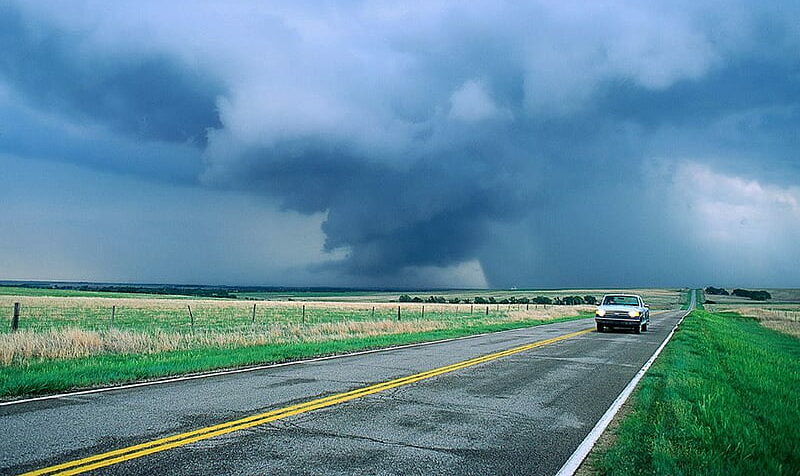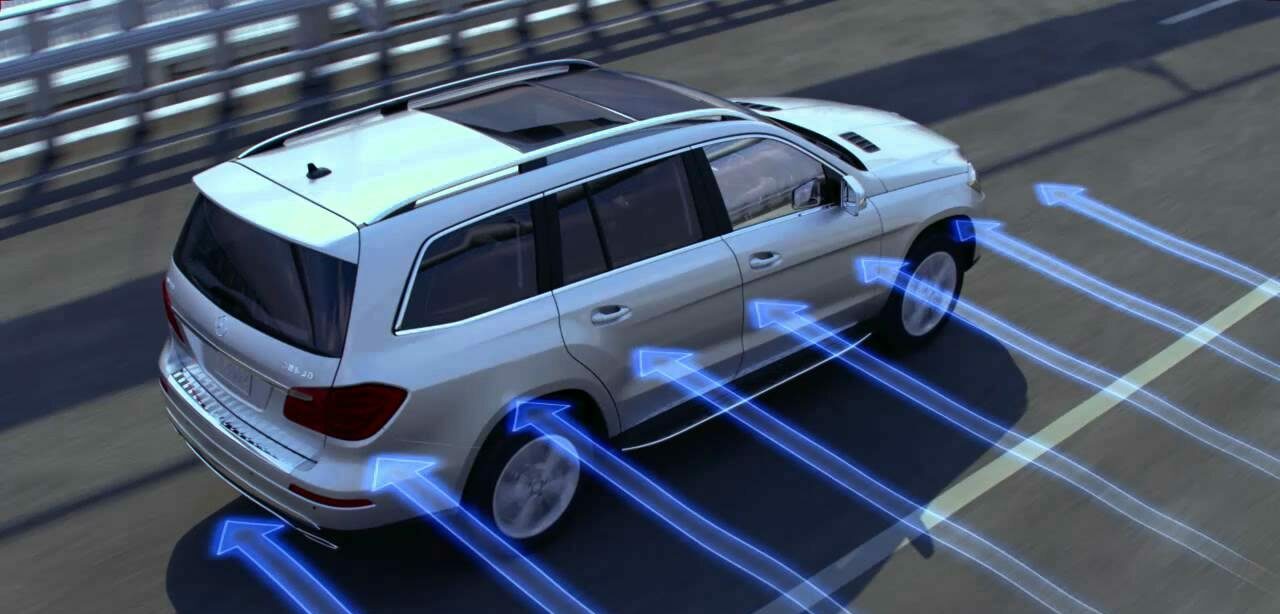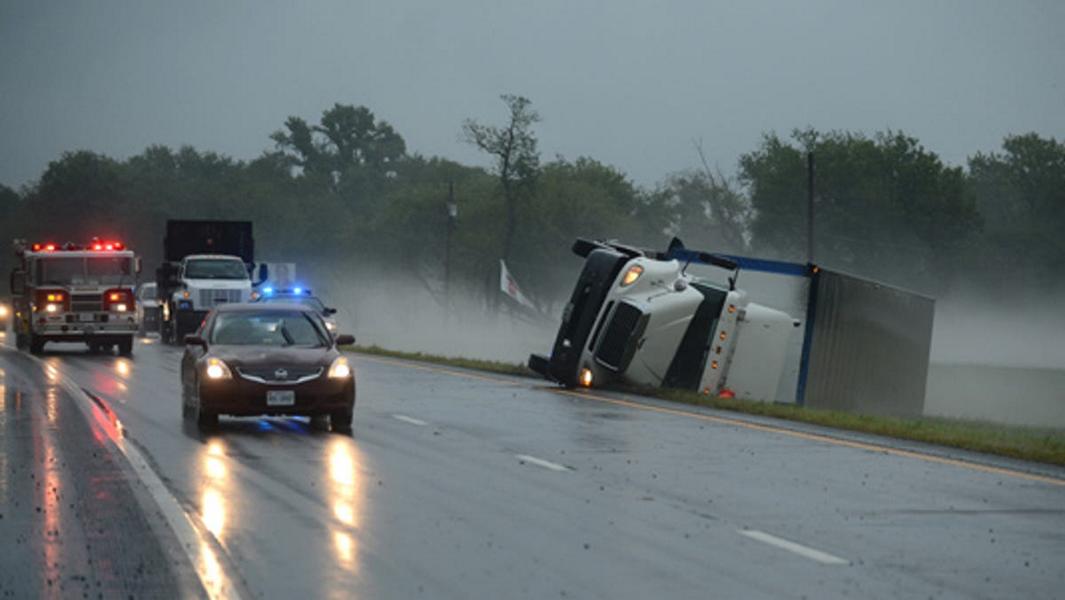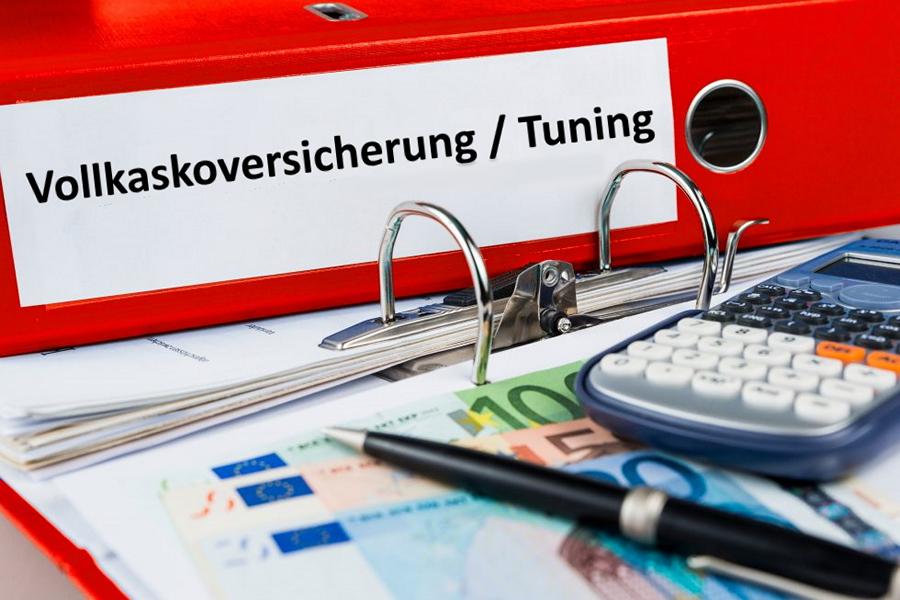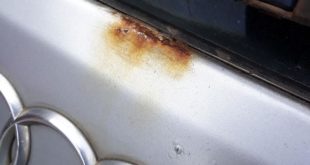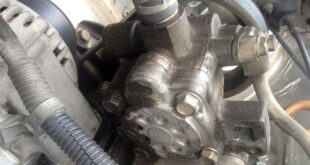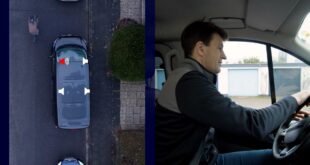Today and for the next two days we will have the storm lows Ylenia and Zeynep probably shake well. Strong winds or violent hurricane gusts are part of it. But these can also mess up the car. Some vehicles are particularly at risk. You definitely need a few tips to get to your destination safely. And when is it even better to stay at home right away? The wind shakes the vehicle in all directions, if you're unlucky, rain or hail will set in. The windshield wipers run at full speed due to the whipping gusts. Here will now full attention and a slower pace required. Music, telephoning or intensive conversations do not make sense in such situations. Now it is even more important than usual, both hands belong on the steering wheel. Because if a gust suddenly hits the car, the ADAC advises countersteer gently. But you have to be careful here, too, because if you pull too hard on the steering wheel, you risk an accident. If the air flow stops abruptly, there is a risk of ending up in a ditch or on the opposite lane, according to TÜV Süd. So always remember to direct with feeling. Steady crosswinds are easier to deal with than the strong, surprising gusts that come from all directions. Sometimes the direction of the wind can be guessed at by the inclination of the trees and bushes along the route. And on bridges often create Air sacs Remedy, they show the wind direction. But what's the best way to get through and out of the storm safely?
Regulate the pace!
do you drive not too fast, then you can logically react better. For example, if a gust of 70 km/h hits a car traveling at 100 km/h, it can be moved by one meter. If you drive even faster, e.g. B. 130 km / h, it's already there up to four meters, says TÜV Süd. And these tips are also for Motorcyclist thought. Here it is advised to rather center to the road to have more leeway for steering on both sides. Clothing should be close to the body and not flap. Tank bags, suitcases and luggage rolls increase the attack surface. And there, where the wind has open areas of attack, the danger also increases. For example on bridges, in forest aisles or at tunnel exits. Overtaking trucks and buses is also not necessarily advantageous. It can be dangerous if your own vehicle gets out of their slipstream.
Be careful with trailers and the like!
Straight delivery vehicles and Campers & RVs to Rent are much more sensitive to wind. According to ADAC, in the worst case, they can tip over. This also applies to teams with trailers. If you notice that the trailer is getting restless, you should immediately slow down and brake while watching the traffic behind you. After that you should have enough stability again. Superstructures such as roof boxes or mounted bicycles are of course all kinds of targets. If you hear that storms are being forecast, it is advisable to avoid tree-covered routes. From a speed of 29 to 38 km/h, also known as wind force 5, you have to be careful. In the case of heavier storms or hurricanes, wind force 10 or more, the ADAC clearly recommends driving a car or motorbike to renounce.
If in doubt, drive to the nearest rest area!
If you are surprised on the way, if in doubt, go to the next safe place and stay there. It is best to avoid places where there is a risk of falling branches or trees. The same also applies to parking. One of the safest places for the car is the garage. If you don't have your own, you can use a public parking garage for the time of the predicted storm. This is inexpensive and will not damage the car. Most of the time, the car also has an emotional value.
Attention, with the storm often comes the big water!
A storm is often associated not only with strong winds, but also with rain. The following applies here: If you come to flooded underpasses or sections, it is better to stop and drive around them. Especially when you can't estimate the depth of the water exactly. If you simply drive through it quickly, there is a risk that spray water will get into the intake area of the engine and cause serious damage as a result. When fording describes how deep a car can drive through the water in order to remain undamaged. In normal cars and also in most SUVS, this is the case maximum 20 to 40 cm, according to ADAC. But here, too, it is important to drive at walking pace and always moderately. In general, it is difficult to name a rule of thumb, the wading depth specifications of the different models and manufacturers are too different.
"A tip to know when the critical value of the height is reached is when the water reaches below the doorstep," says the automobile club. "From this depth, the vehicle creates a veritable bow wave that pushes it in front of it and also to the sides. This rippling can be seen from the car and should definitely be taken as a warning sign.”
Great care must be taken when going where debris and mud flow along the roads. Here the road can become so slippery that even the slightest current pulls the car off the road. Not to mention the damage to the vehicle.
If damage does occur, who is liable?
If something broke on the car during the storm, this is something for them Comprehensive insurance. The Partial coverage, according to the General Association of the Insurance Industry (GDV), for damage such as lightning, hail, fire or flooding. Some providers only define storms from wind force 8, but as has been shown in practice, there is hardly any corresponding damage, according to the GDV. It is best to photograph the damage when you notice it. If you report the damage to the insurance company, everything else will also be discussed with them. Among other things, which workshop will carry out the repair. However, those affected must ensure that no further damage occurs, for example a broken window must be masked to prevent further moisture from getting into the car. Fully comprehensive insurance includes more benefits than partial comprehensive insurance. This also includes self-caused damage, in which case the wind speed no longer plays a role. Depending on which contract you have and what amount of damage has been agreed, the comprehensive insurance will pay for the costs of the repair or the new and replacement value. Is a excess agreed, policyholders must always pay for them. In the case of fully comprehensive insurance, the customer is only downgraded to the no-claims class after a self-inflicted damage. In summary, it can be said that it is advisable to use the car again during strong storms stop and stay at home. If you behave correctly, you can get through the storm unscathed and safely back home.
Of course, that wasn't the end of it!
tuningblog has countless other articles on the subject of car and auto tuning in stock. Do you want to see them all? Just click HERE and look around. In part, we would like to provide you with news but also off the tuning. In our category Tips, products, information & Co We have reviews of car or accessories manufacturers, new ones Tuning Wiki Terms or one or the other Leak veröffentlicht. Following an excerpt of the last articles:
"Tuningblog.eu" - we keep you up to date on the subject of car tuning and car styling with our tuning magazine and we present you the latest tuned vehicles from all over the world every day. It's best to subscribe to ours Feed and will automatically be informed as soon as there is something new about this post, and of course also to all other contributions.
 tuningblog.eu Your magazine about tuning the car
tuningblog.eu Your magazine about tuning the car
